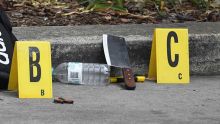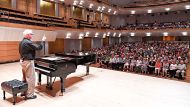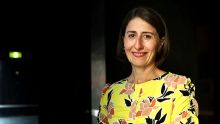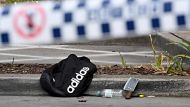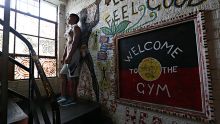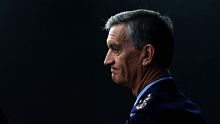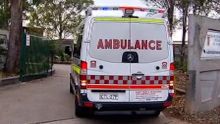Public schools' share of students have increased for the second year running nationwide, marking a determined end to a 40 year decline in government school enrolments.
New figures from the Bureau of Statistics show that government schools in 2016 educated 65.4 per cent of all students, up from the historical low of 2014 when it was 65.1 per cent.
More NSW News Videos
What to look for in school shoes
These are the top shoes to guarantee happy feet this school year.
Public school enrolments have declined at about 0.4 per cent per year since 1977, when 79 per cent of students went to government schools nationally.
"These new figures see the reversal of the steady drift of students from government to non-government schools observed for much of the past 40 years," said ABS spokeswoman Michelle Marquardt.
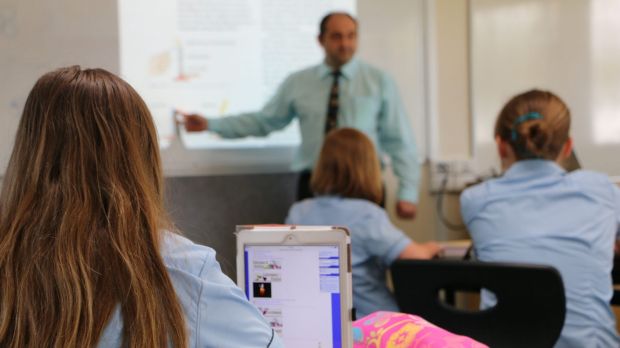
The increase appears to be partly at the expense of Catholic schools. In 2016 there was a small decline in the Catholic sector's share of students (from 20.4 per cent in 2015 down to 20.2 per cent) while the independent sector remained steady at 14.4 per cent.
In terms of raw numbers rather than enrolment share, there were 3,798,226 school students across Australia in 2016, an increase of 47,253 on 2015. Of those, the vast majority (38,672) went to government schools, 1,511 to Catholic schools and 7,070 to independent schools.
In NSW the enrolment share of government school students was at its lowest in 2015, at 65.3 per cent, increasing slightly to 65.4 per cent in 2016.
The turnaround in public enrolments comes as schools in the eastern states are facing a drastic shortage of capacity amid an unprecedented growth rate in the student population.
NSW schools are sitting on a demographic timebomb, with leaked documents from the NSW Department of Education last year warning of "significant classroom shortages in government primary and secondary schools".
The state's school system will be required to cope with an extra 225,000 students by 2031, 165,000 of them in the public system and almost all in Sydney. The leaked Schools Assets Strategic Plan draft revealed it would take $10.8 billion in funding to build the 7500 new classrooms and buildings required over the next 15 years.
A spokesman from the NSW Department of Education said "the department closely monitors demographic trends and plans ahead for future educational needs in partnership with other NSW Government agencies and local councils.
"In the last five years, the department has announced funding for more than 1,500 new permanent classrooms, which will provide almost 29,000 additional school places.
"Total capital investment in NSW public schools education infrastructure in 2016-17 is more than $550 million.
"Enrolments at NSW public schools are increasing for several reasons, including the department's quality teaching initiatives, population growth across Sydney and NSW."
Opposition education spokesman Jihad Dib, a former principal, said it was a positive that the community was putting its confidence in the public system, but criticised the government for what he said was its lack of proactive planning for the student boom.
"They're talking about 29,000 new places, the prediction is somewhere around 165,000 assuming 70,000 will go to private schools. They say that they're doing it now, but not with the speed that it needs to happen. A lot of their investment is in temporary classrooms such as demountables which are becoming permanent."

